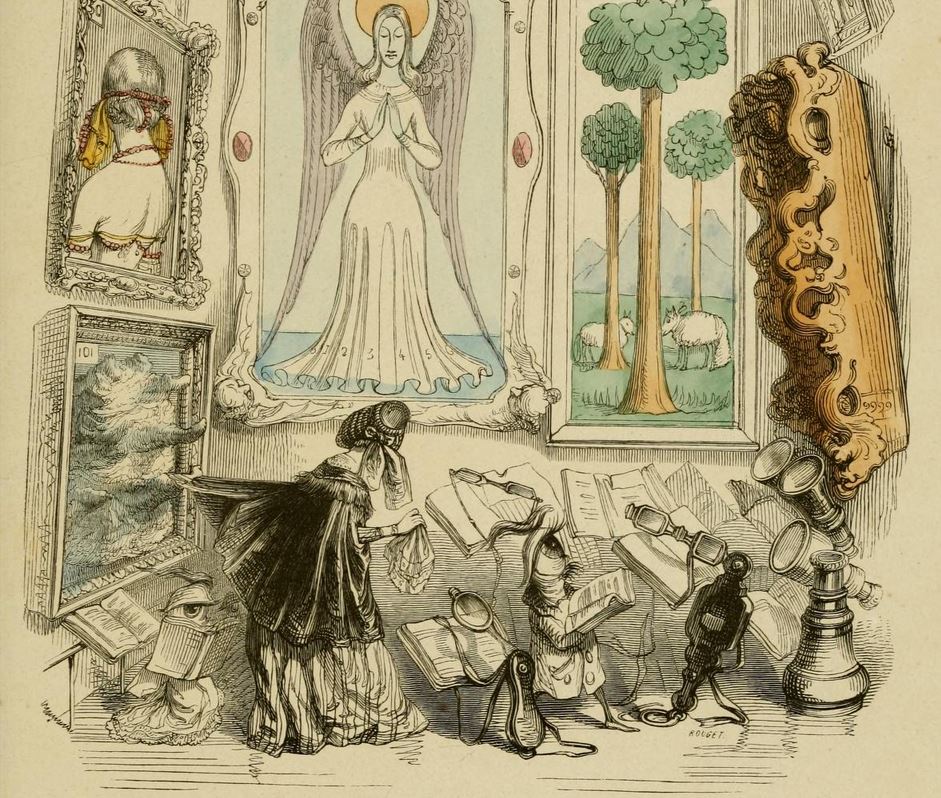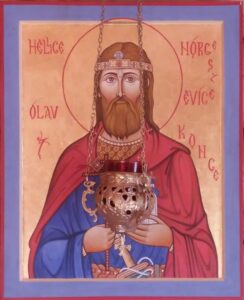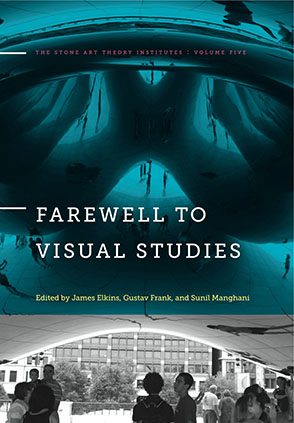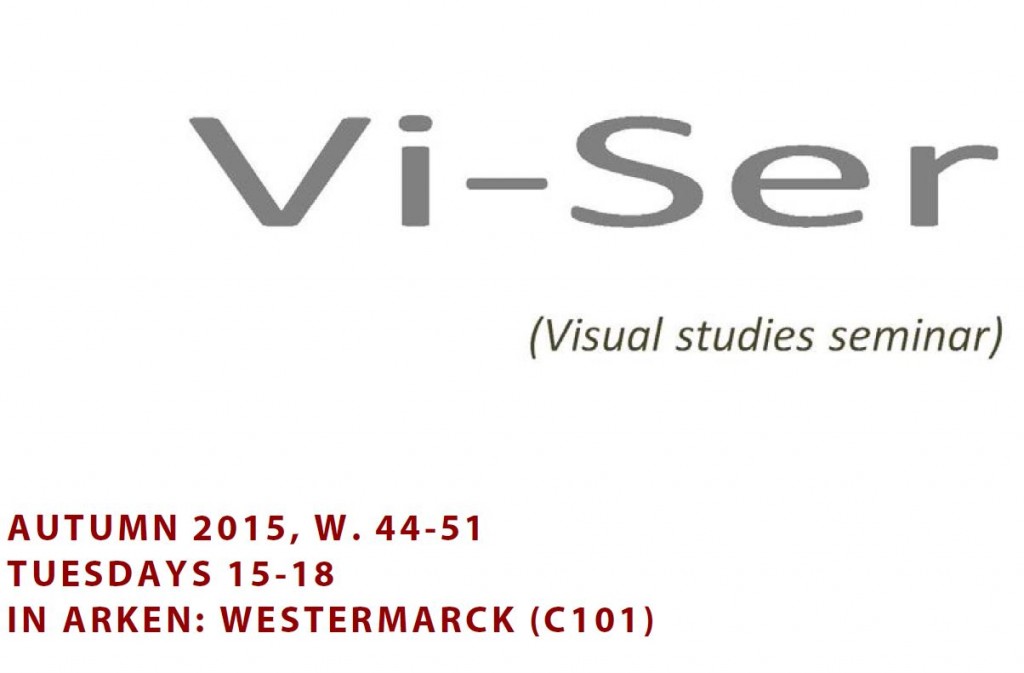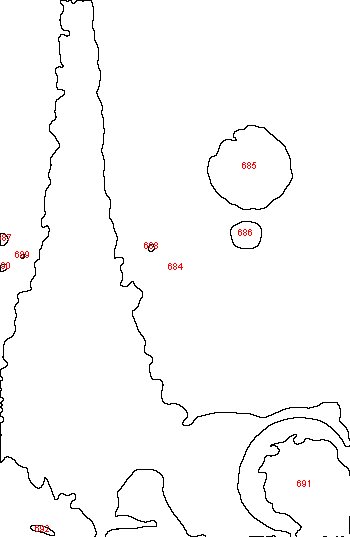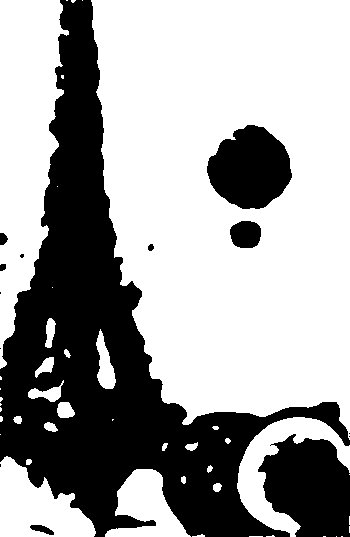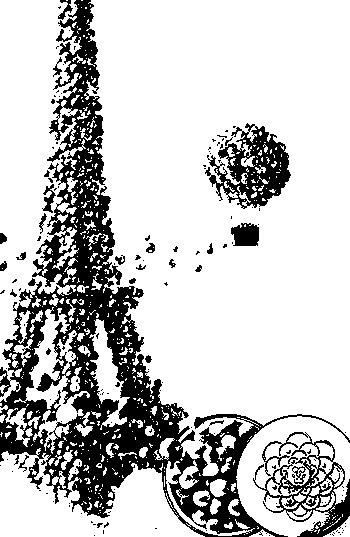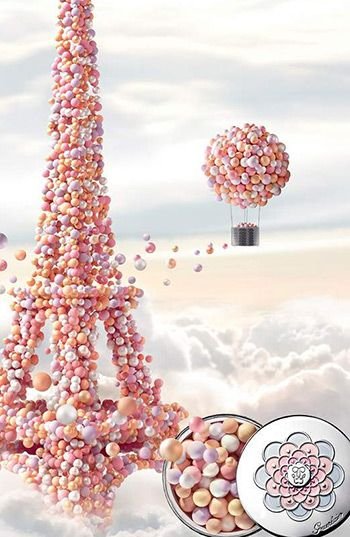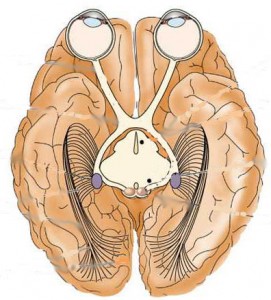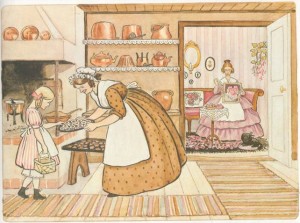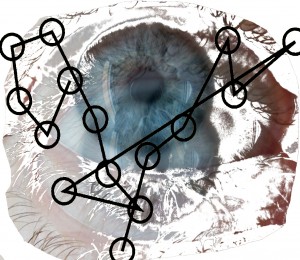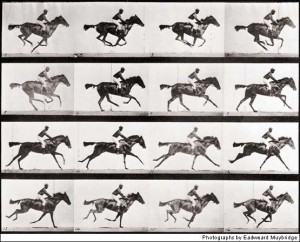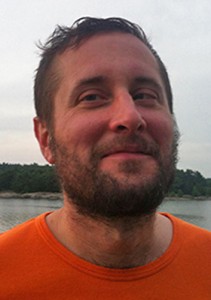Åbo Konstnärsgilles 95e årsutställning (Turun Taiteilijaseuran 95. vuosinäyttely). Åbo Konsthall/Turun taidehalli, 1 november-8 december. (Texten ingår i serien recensioner skrivna av deltagarna i kursen Kultur- och vetenskapsjournalistikens genrer).
Konstnärsgillet i Åbo fyller 95 år och firar med en utställning som skapar skavsår lika mycket som den vill skildra dem.
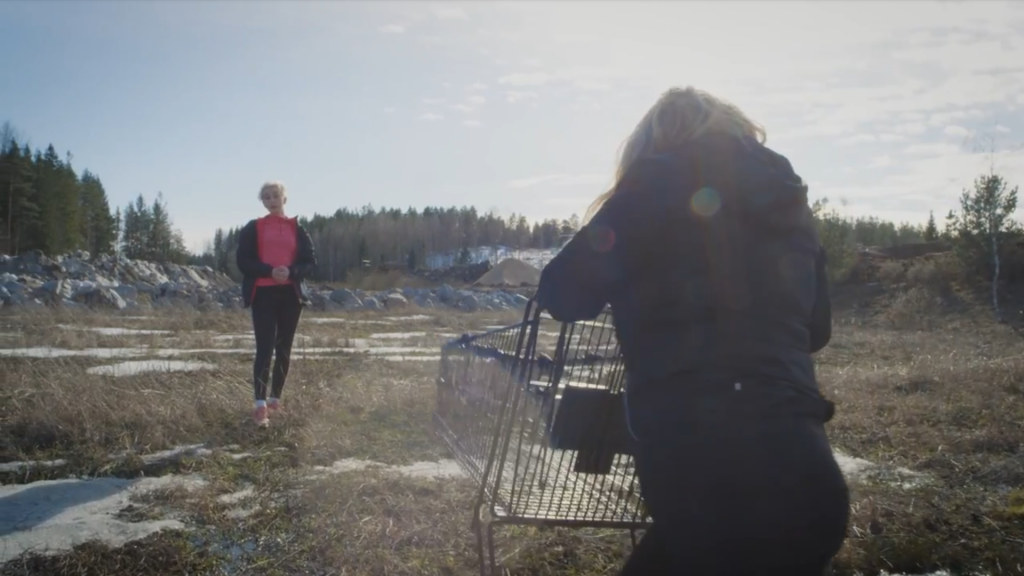
Ur Milja-Liina Moilainens video ”Eat dirt! / Saa puskea!”, bildkälla https://www.uniarts.fi/blogit/kuvan-kev%C3%A4t-2019/saa-puskea
Redan det första konstverket i Åbo konsthall innehåller en rejäl portion samhällskritik. Konstnären bakom videoinstallationen ”Eat dirt”, Milja-Liina Moilanen, kastar kängor på såväl djurhållning som kapitalism och kroppshets – inga lättsamma ämnen direkt. Med svart humor diskuterar hon sådant som skaver i samhället i dag och synliggör allt sådant som är absurt i vår närhet, allt sådant som just nu diskuteras på dagspressens insändarsidor och i kommentarsfälten till nyhetsbyråers Facebookinlägg.
Moilanens videoinstallation efterföljs av andra konstnärer som med hjälp av olika tekniker försöker komma åt skavsåren i det inre själslandskapet såväl som i människans relation till miljön. Med så pass delikata budskap är det ingen utställning som man hastar sig igenom och som smälter lika lätt som såpoperan på kanal 3. Konstverken kräver tid att upplevas – ”Eat dirt” gör anspråk på hela 08,26 minuter för att vara exakt.
I Konstnärsgillet i Åbos utställning deltar 24 konstnärer med vad som på ytan skulle kunna ses som en brokig skara konstverk. De använder konsthallens utrymmen på många olika sätt –nästan så att brokigheten i sig skaver lika mycket som de samhällsproblem som de försöker skildra. Missförstå mig rätt: skavsåren jag får av utställningen är någonting bra. De gör att utställningen riktigt kryper under huden och etsar sig fast med sin obekvämhet.
Bland de 23 verken finns video- och ljudinstallationer, traditionella oljemålningar, landskap gjorda av hår, tänder och tuggummin, vissnade gravbuketter, massakrerade skyltdockor och tejpremsor. Fastän det är intressant att stå med ett förstoringsglas och betrakta håliga tänder och använda tuggummin är det ändå i det enkla som utställningens ömtålighet blir som mest påtaglig. Jag tror att det är en vacker sandstrand med lyckliga resenärer som Jaana Valtari låter mig betrakta när det plötsligt framträder en gummibåt bland vågorna och idyllen rivs sönder av tanken på flyktingkriser och döda barn. Jag tror att jag med barnslig förtjusning kan pyssla med oskyldiga dockor i hörnet där Mari Metsämäki uppmanar till lek när jag plötsligt inser att någon före mig lagt dockhuvudet på könets plats och således skapat en helt annan tolkningsdiskurs för vad jag trott var barndomens trygga vrå.
Inte ens på toaletten får jag vara ifred. Där påminner Maria Wests ljudinstallation om vad det är som vi med teknikens hjälp bygger vår existens på och det är omöjligt att värja sig från orden som strömmar fram i det trånga utrymmet. 95 år är ingen ålder som rymmer tillbakablickar och nostalgi – tvärtom. Konstnärsgillet gör snarare allt för att provocera och vitalisera, bevisa att man inte är gammal, dammig och grå bara för att man fyller många år. Det får mig att undra vad gillet kan göra som 100-åring. Att kliva ut genom fönstret och försvinna är knappast ett alternativ.
Miranda Eklund


